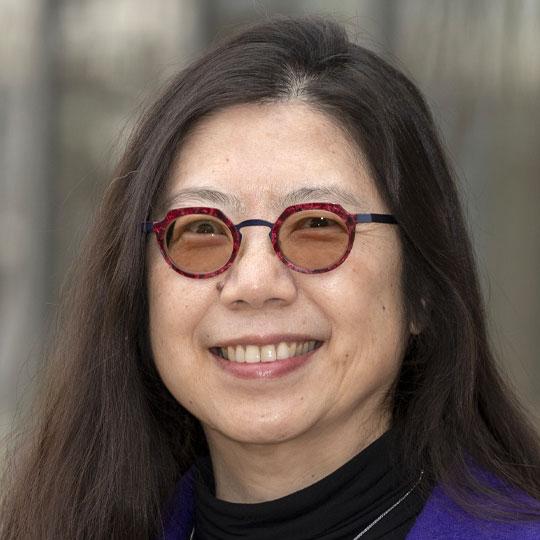
- This event has passed.
MSE Seminar: “The Surface Dynamics of the Initial Stages of CU Oxidation”
April 4, 2024 at 10:30 AM - 12:00 PM
Much is known about oxygen interaction with metal surfaces and about the macroscopic growth of thermodynamically stable oxides. At present, however, the transient stages of oxidation – from nucleation of the metal oxide to formation of the thermodynamically stable oxide – represent a scientifically challenging and technologically important terra incognito. These issues can only be understood through a detailed study of the relevant microscopic processes at the nanoscale in situ. We have previously demonstrated via in situ transmission electron microscopy (TEM) that the formation of epitaxial Cu2O islands during the transient oxidation of Cu(100), (110), and (111) films bear a striking resemblance to heteroepitaxy, where the initial stages of growth are dominated by oxygen surface diffusion and strain impacts the evolution of the oxide morphologies. To deepen our understanding of the atomic-scale dynamic processes of Cu2O island formation on Cu during oxidation in situ, we are presently using correlated in situ environmental high-resolution TEM (ETEM) and atomistic simulations. As an example of this approach, preferential monolayer-by-monolayer growth along Cu2O (110) planes, instead of along Cu2O (100) planes, was noted. Correlated Density Functional Theory (DFT) simulations on the surface and diffusion energies during Cu2O growth on various Cu2O surface orientations and terminations were carried out. Our DFT results show that the monolayer formation of Cu2O along Cu2O(110) was both thermodynamically and kinetically preferred over that of Cu2O(100) during Cu2O growth, which explains the observed phenomenon.

Judith Yang
Group Leader, Electron Microscopy, Center for Functional Nanomaterials, Brookhaven National Laboratory
William Kepler Whiteford Professor Judith C Yang received her Ph.D. in physics from Cornell University in 1993. She then went to the Max-Planck-Institute of Metallforschung, Stuttgart, Germany as an international NSF post-doctoral fellow. In 1995, she returned to the US as a post-doc and visiting lecturer at the Materials Research Laboratory, U. Illinois at Urbana-Champaign. In 1999, she joined the engineering faculty at U. Pittsburgh. She is the 2002 recipient of the NSF career award, the 2004 B.P. America Faculty fellowship, and the 2005 Chancellor’s Distinguished Research Award. She is an American Physical Society fellow (2017) and a Microscopy Society of America fellow (2018). From 2019 to 2022, she served as program director at the National Science Foundation where she managed the Metals and Metallic Nanostructures as well as the Ceramics program within the Division of Materials Research. She recently joined the Center for Functional Nanomaterials at Brookhaven National Laboratory as their Electron Microscopy group leader. Her research areas include oxidation, heterogeneous catalysis, nano-materials, gas-surface reactions, and transmission electron microscopy, especially in situ.
